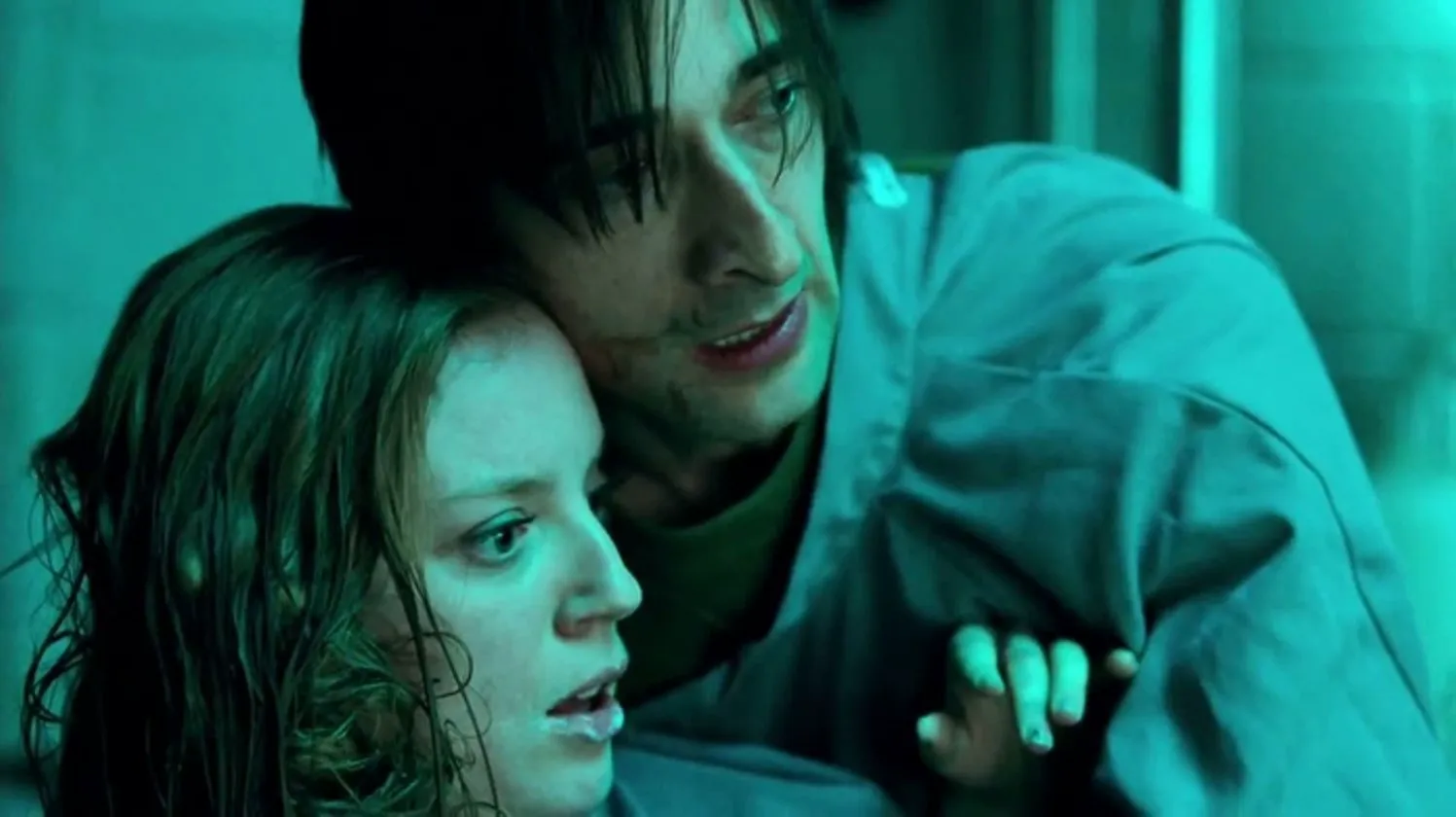Splice: The Year’s Most Unsettlingly Beautiful Film
Imagine a world where genetic engineering knows no bounds. A brilliant, yet ethically ambiguous, couple of biologists decide to push the limits of science by combining animal and human DNA. The result? A unique creature, a young woman with leathery wings and a venomous stinger.
Vincenzo Natali, the visionary Canadian director, crafts a mesmerizing chimera in “Splice”—a film that blends genres with audacious abandon. It’s a cocktail of a love triangle, a Lovecraftian nightmare, a feminist thriller questioning scientific ethics, a romantic comedy exploring maternal instincts, and even a social commentary. What makes it remarkable is Natali’s subtle approach. Just when you think you’re watching a typical sci-fi thriller about genetic research, the film strikes with its venomous stinger, revealing itself as a sharp, ironic commentary on human relationships.
The Allure and Danger of Dren

The scientist protagonists, desensitized by modern civilization and pop culture, often seem less human than their creation, Dren (Delphine Chanéac). Surrounded by plastic toys at home and casually manipulating life in the lab, they embody a disturbing moral ambiguity. The casting is perfect: Adrien Brody and Sarah Polley, both strikingly attractive, portray scientists who resemble a punk rock band taking a break from their wild lifestyle, or perhaps characters from a macabre rock song. Dren, the unsettling yet beautiful DNA anomaly, becomes more than just a scientific breakthrough for her creators. She’s a parenting experiment, a challenge to corporate norms, a test of their relationship, and ultimately, their “sex, drugs, and rock ‘n’ roll.”

Natali’s Unique Vision
Vincenzo Natali is an endlessly inventive director, but he’s not overly concerned with formal experimentation. He disregards genre conventions and audience expectations, and certainly doesn’t cater to producers’ opinions (although Guillermo Del Toro, the producer of “Splice,” knows a thing or two about horror creatures). Natali is often compared to David Cronenberg, the “gene-engineering” filmmaker behind “The Fly,” but Natali doesn’t delve into decay and crude, mechanistic flesh. Instead, he explores human nature with both fascination and fear, constantly challenging his characters and marveling at the simplicity of human reactions. Whether trapping his characters in a cube full of deadly traps (“Cube”), making the world disappear around them (“Nothing”), or drugging them and delivering a lengthy monologue (“Cypher”), Natali pushes boundaries.

Love as a Deadly Trap
In “Splice,” Natali explores the treacherous landscape of relationships and how people react to love, the ultimate trap. It’s no surprise that the film’s ending polarized audiences, with some labeling it as “trash.” But perhaps that’s the point. True love often unfolds in a chaotic, unpredictable manner. It grows rapidly, develops unexpected traits, becomes both beautiful and terrifying, and ultimately leads to a messy, bloody, and beautiful “trash.”